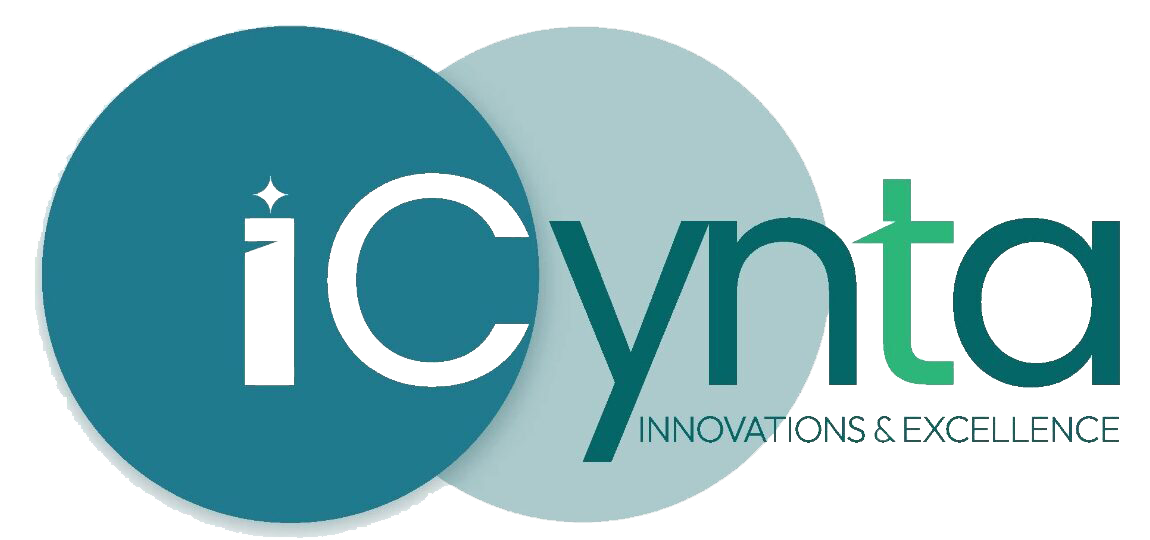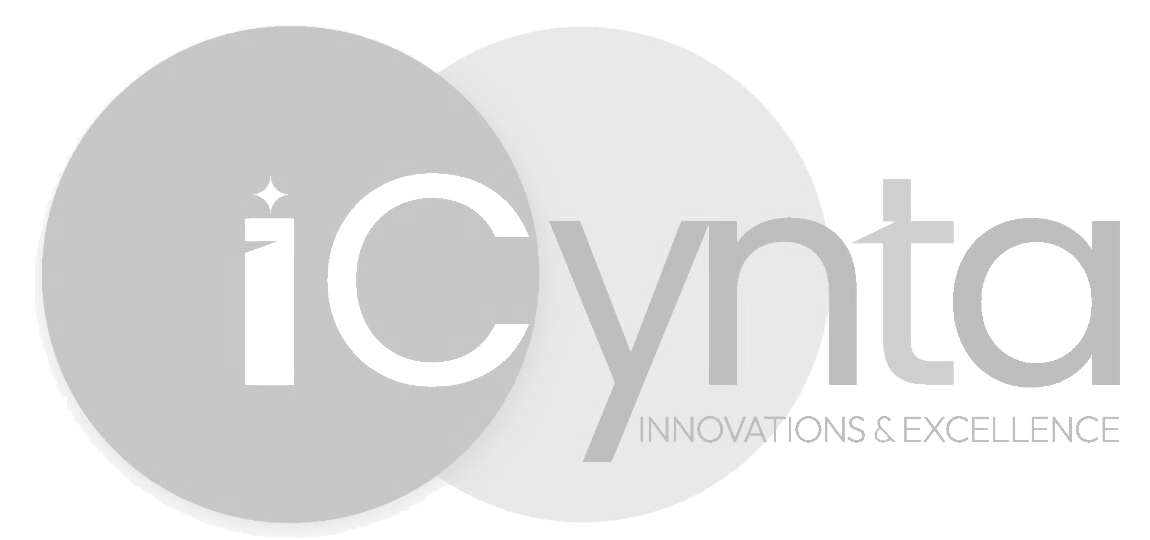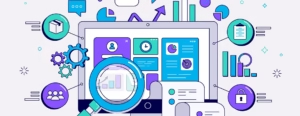Multi-tenancy is a software architecture where a single instance of an application or system serves multiple tenants (clients, users, or organizations), each with their own separate and isolated data. This concept is commonly used in cloud computing, SaaS (Software as a Service), and enterprise applications to efficiently use resources and manage multiple clients.
Multi-tenancy Types
Database-Level Isolation.
- Shared Database, Shared Schema: All tenants share the same database and schema. Tenant data is distinguished by a unique tenant ID in tables.
- Shared Database, Separate Schema: Each tenant has its own schema (set of tables) within a shared database.
- Separate Database: Each tenant has its own separate database, ensuring complete isolation.
Application-Level Isolation.
- Single Application Instance: A single instance of the application serves multiple tenants, with tenant-specific configurations.
- Multiple Application Instances: In some cases, each tenant might have its own instance of the application, but this is less common in true multi-tenancy and is more resource-intensive.
Benefits of Multi-tenancy
- Cost Efficiency: Shared infrastructure reduces operational costs for both service providers and tenants.
- Simplified Maintenance: Updates and maintenance can be applied to a single instance of the application, benefiting all tenants.
- Scalability: Easier to scale with growing numbers of tenants without requiring additional infrastructure for each new tenant.
- Centralized Management: Central control over software versions and configurations ensures consistency and ease of management.
Challenges of Multi-tenancy
- Security and Data Privacy: Ensuring that tenant data is properly isolated and secure is critical, especially in shared database models.
- Performance: If not properly managed, resource usage by one tenant could affect others (e.g., one tenant consuming too much CPU or memory).
- Customization vs. Standardization: Balancing the need for tenant-specific customizations with the standard application can be complex.
Use Cases for Multi-tenancy.
- Enterprise Resource Planning (ERP) systems that serve multiple branches or subsidiaries of a company.
- Customer Relationship Management (CRM) platforms used by different businesses, each with its own clients and data.
- E-Commerce Platforms like Shopify, where multiple merchants run their own storefronts on a shared platform.
In summary, multi-tenancy allows multiple organizations or clients to use the same software instance while keeping their data and settings separate, leading to cost savings, ease of maintenance, and scalability.





